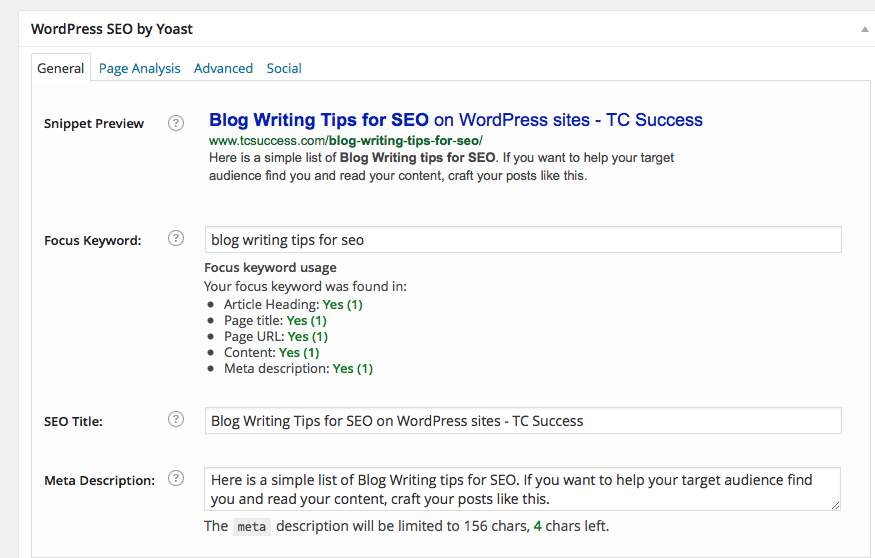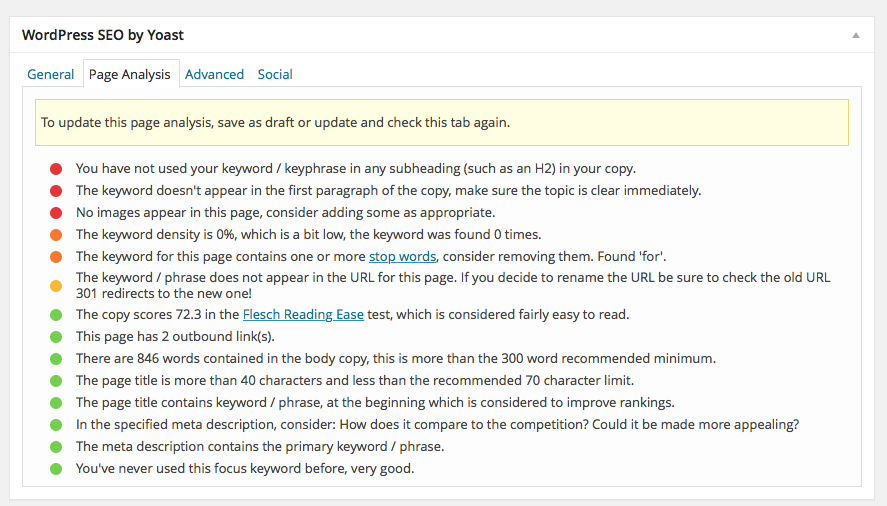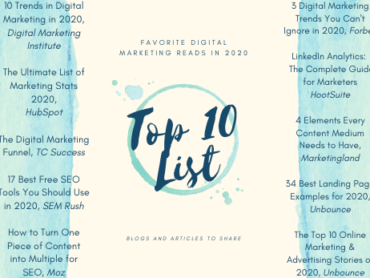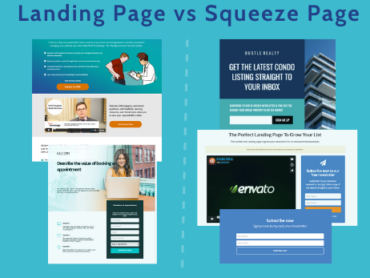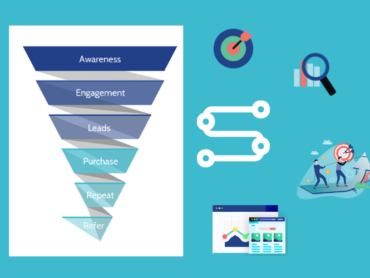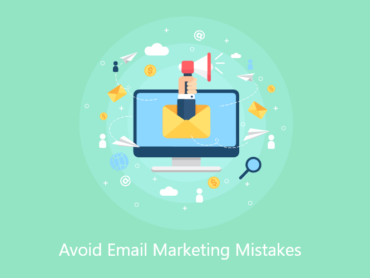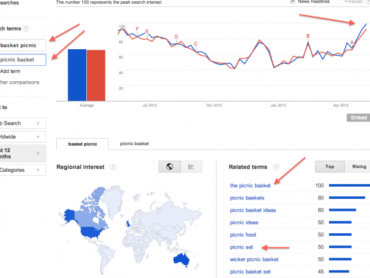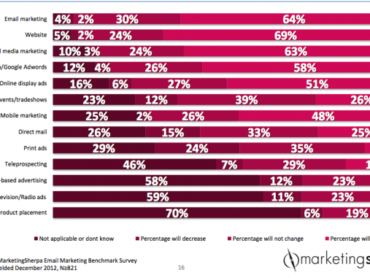
Blog writing tips for SEO on WordPress sites
Blog, blog, blog all day long. No matter how good your posts are, it is still important that you make SEO (Search Engine Optimization) part of the process. Here are my blog writing tips for SEO success. I know some of the best editors and writers in the world who focus amazing amounts of time, effort and resources into creating amazing content. But they miss the point – that if someone can’t easily find the article by typing the subject into Google – it doesn’t exist. Don’t do that.
Below are some recommendations for implementing SEO when putting a post together. Most of these will apply to any web page content, however they are more specific to a WordPress site. We recommend using a WordPress SEO plug-in from Yoast. This is a tool that makes it easier to implement the SEO best practices described below. OK Let’s get started……..
Readability First – SEO Second
 I have to get this out of the way. In all cases, user experience trumps SEO tactics. I am not advocating for you to use bad sentence structure and awkward headlines just for the sake of ranking in search engines. Good writing is what it’s all about. So please do not sacrifice quality by forcing yourself to follow these guidelines exactly, or all the time. That being said, if you can accommodate these suggestions and create great content that’s ideal. Smart people find great ways to do it most of the time. By the way, clients that actually embrace this concept not only have more SEO success, but they learn to enjoy the process and have fun along the way.
I have to get this out of the way. In all cases, user experience trumps SEO tactics. I am not advocating for you to use bad sentence structure and awkward headlines just for the sake of ranking in search engines. Good writing is what it’s all about. So please do not sacrifice quality by forcing yourself to follow these guidelines exactly, or all the time. That being said, if you can accommodate these suggestions and create great content that’s ideal. Smart people find great ways to do it most of the time. By the way, clients that actually embrace this concept not only have more SEO success, but they learn to enjoy the process and have fun along the way.
Using Keywords in Your Blog Writing
First, I am going to assume you have done your keyword research. If not, read my post on what are keywords and how do I use them. Using keywords is both a service to your audience (by understanding their intent and using their language) and a valuable strategy for getting qualified traffic to your blog via search. Once you have your keywords selected, you can then incorporate them into your content.
Focus Keyword
Each post should have a “Focus Keyword” assigned to it. Ideally, you will know the focus keyword at the beginning of the writing process to help select, inform and shape the post.
Once the focus keyword is selected, use these blog writing tips for SEO.
For best practices, placing the Focus Keyword strategically as follows provides good SEO optimization:
- The title of the post. This needs to be descriptive of the content of your post. Catchy headlines might get clicks but if you fool them into reading the post, will they stay? Will they be satisfied? Google tracks bounce rates on clicks so if you aren’t clear it could hurt you. And if the headline doesn’t describe the actual content, a searcher won’t discover it because they are using relevant keywords to look for content.
- Best if keyword(s) is at the beginning.
- 40 character minimum – 70 max.
- One or more of the sub headings. Sub-heads also make your copy easier to scan which is good for readers.
- Use the “headings” tags in WP to create HTML tags for search engines to read.
- Sub-headings help with usability, which indirectly affects your SEO success, but more importantly makes for happy readers.
- Through out the post but especially in the first paragraph of the copy.

- In the HTML code. You don’t actually have to code anything. If you use WP and plug-ins these are fairly easy to do:
-
- The title tag – or SEO Title. This will be seen in browsers and bookmarks. It is important to Google.
- Ideally this is around 55 characters.
- Focus Keyword(s) is at the beginning.
- Secondary related keyword, if you can fit it, comes next.
- Your brand name at the end.
- If you don’t use Yoast, you can use the free MOZ emulator to see your title tag before using it.
- The meta description. This is not used as a ranking factor, per se, but it provides search engines a ‘snippet preview’ of your content in the SERP (search engine result page) so it is essentially advertising and very important for getting click-through (which will also help you maintain or improve rankings.)
- Make it enticing as to why they should read your content. Try words such as “get tips” , “view demo,” or “expert advice.” The meta description tells them what is on the page and provides a reason to click.
- It should be between 150-160 characters.
- Avoid using duplicate meta descriptions on your site. If unavoidable, just go without.
- Don’t use “quotes” in your meta description. The description will get cut off.
- The url (also called permalink in WP). This is often visible to searchers as well. Luckily WP does a lot to help you with your url structure. But here are some tips.
- In WP you can change the settings for how permalinks are created. I recommend using the post title as your default, which you can edit if need-be. This makes it easy.
- Make the url readable and descriptive. This helps facilitate sharing as well. The urls become your anchor text when pasted into other sites.Having keywords in anchor text is SEO valuable.
- Use hyphens to separate words (in WordPress this is automatic).
- URL’s are limited by characters (well over 2,000 won’t load in Explorer) but don’t make them too long if you can help it. Make them easy to read and cut and paste. Truncated url’s won’t get visitors to your page.
- The file name of the featured image. Save your image with a file name containing the keyword, but make sure the image is relevant to they keyword if you do this.
- Media files or Images, add interest to your post but also have SEO value if you add alt text to them that contain relevant keywords.
- The title tag – or SEO Title. This will be seen in browsers and bookmarks. It is important to Google.
Here’s what a well structured HTML tags looks like in WordPress SEO by Yoast tool.
The WordPress for SEO tool even provides a snippet that allows you to preview how it will look in the search engines.
Related Keywords
Use variations of the keyword so that if a user types something close but not exactly, that also shows up in the copy. For example:
Full phrases vs. Abbreviations Example -> SEO vs. search engine optimization
Different versions of specificity Example-> iPhone vs. apple iPhone vs. iPhone 6
Different versions of the phrase Example -> Storefront vs. Retail vs. Shop
Related key phrases also tell the engines what the content is about. So if you are writing about internal medicine you might want to refer to the ABIM or ACP (professional organizations). This helps provide context for the engines and the searcher. Think outside of your own vocabulary and include related words and phrases through out the copy.
Keyword Density
There is no golden rule for this, however the focus keyword needs to be prominently used throughout the post. It is more important to have a readable post that is natural sounding and informative than to over use with the focus keyword. Yoast likes Keyword Density of 0.45% or better, however this will not be the most important ranking factor.
Flesch Reading Test
This test is included in the Yoast SEO Tool. A score of 80 or better is desirable in Yoast. However, for a sophisticated audience you might find it lower. For example nejm.org (academic journal) is rated at 70. You can check the readability here: http://read-able.com/
Here’s what the Advanced Page Analysis looks like in Yoast with helpful hints.
Using Links in your blog posts.
Where it makes sense, use keywords in the anchor text of the link.
External: Try to have at least 1 or 2 quality outbound links in each post. Have them open in new window so you don’t lose your site visitor.
Internal: Link to a at least one related post or page. If possible, use that post or page’s focus keyword as the anchor text in the link.
Example:
Blog post 2 points to Blog Post 1. Post 1 has the focus keyword “website marketing” assigned to it. Anchor text in Post 2 should point to Post one as follows:
Ready for more? Get some great website marketing tips in this blog post. That might also mean going back to update earlier posts that should point to your new one. It is worth the extra step.
You can also link to “category” and “tag” pages where applicable.
Word Count – Longer Posts help with SEO
The minimum for a decent WordPress post is 300. It is better for SEO to have between 1500 and 2000 words per post. Clients groan when I say that…but research has shown that longer posts do seem to be favored in search. Of course, if you are forcing the issue, don’t drag on and on with nothing to say. But if you have interesting details don’t feel like you have to keep it short. Heres and article providing an argument for both sides of the issue. But you’ll see for SEO, longer posts are better.
Readability Tips – Keep them on the page
Put a few headlines (H1, H2, H3) in your posts to help readers scan through the post. Make them interesting and engaging – related to or contain the keywords if possible.This technique has been used by newspapers for centuries. Not every reader wants to read every word. Let them scan and pull out the information that is important to them. Bold the important points and break up the copy with images.
Use additional graphics with alt text that contain keywords.
Ask for user comments and invite engagement.
The longer the users stays on your site, the more SEO value Google will attribute to that post. Yes they know, they count and they use that data!
How about you?
What are your tips for SEO on blog posts?

